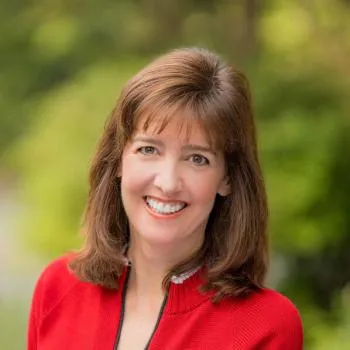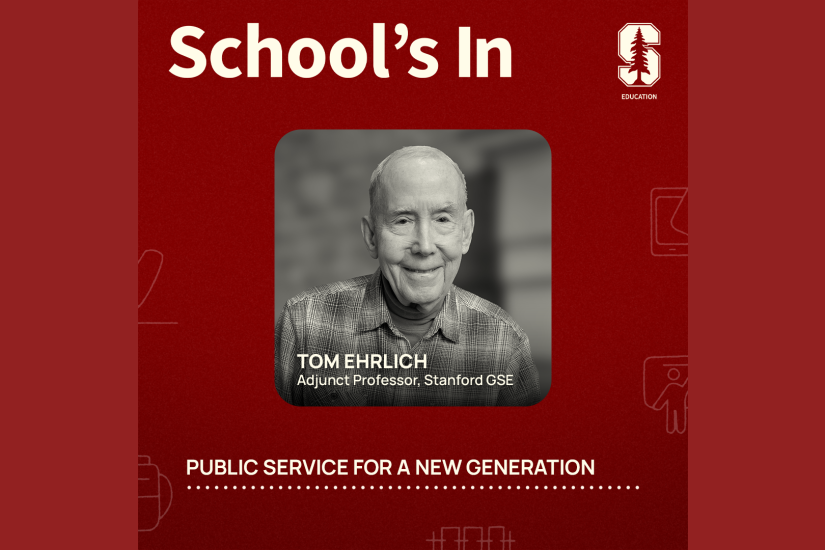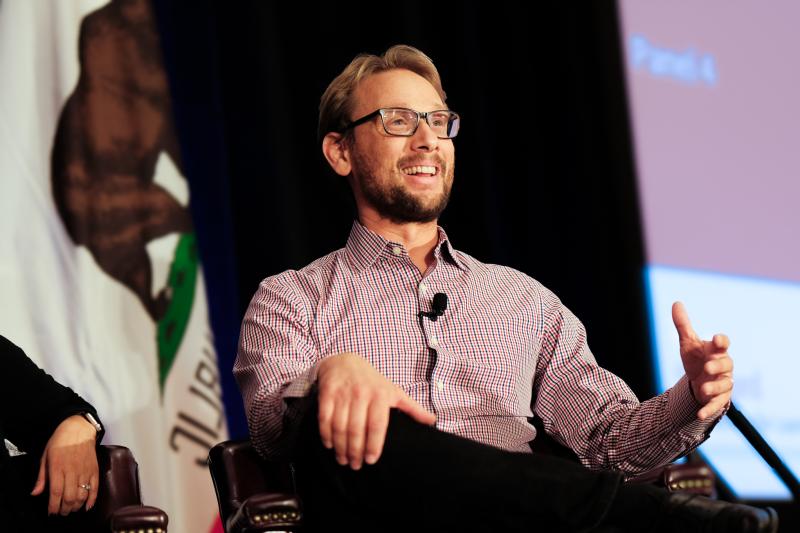
Lessons in learning: Stanford education students partner with community groups to create teaching tools
At the beginning of her course on curriculum construction, Denise Pope presents her students with a few random objects: a French textbook, a visitors’ guide to the zoo, a college syllabus, and a Sesame Street script, before asking: Which of these is curriculum?
That question sets the tone for the rest of the course, where students explore what makes for a good curriculum, how to develop one, and who it benefits. The course — originally taught by Decker Walker, a professor emeritus at Stanford Graduate School of Education (GSE), and reimagined by Pope, who took the course as a GSE doctoral student some 30 years ago — has provided generations of students with applied learning opportunities, while providing community partners with lesson plans that bolster their goals.
“A curriculum must convey the why, what, and how of all that is to be delivered to a learner,” said Pope, a senior lecturer at the GSE, who has taught the course for the past 25 years. “The why is the purpose or intent, the what is the content, and the how is the delivery or pedagogy.”
Throughout the quarter, she said, students come up with their own definition of curriculum and work with a community partner to make sure that they are delivering the type of learning plan that meets the organization’s needs.

Denise Pope, a senior lecturer at the GSE, has been teaching the course on curriculum construction for the past 25 years.
Digging in deep
In the course, Pope covers curriculum theory, design, and the politics of curriculum construction to build a baseline understanding of the concepts students need to form curricula of their own.
They discuss topics such as the value of student involvement, hands-on learning, and the democratization of knowledge — which are applied in class projects and modeled in the class through Pope’s own curriculum.
“I think Denise does a really great job of objectively presenting information and allowing you to form your own perspective,” said Jacob Ramirez, MA ‘23, who took the course as part of his coursework in the International Comparative Education (ICE) program and currently manages the GSE Makery. “Theory does have value, but putting it into practice is the best way to develop your own perspective. This class was one of the first times where I saw theory really come to life.”
For Ramirez’s course project, his group created a high school summer camp curriculum for Maker Nexus, a community maker space in Sunnyvale, Calif.
“For us, it came down to thinking about how we can make a fun and engaging course that students are going to come back to day after day and actually enjoy,” said Ramirez, who still works with Maker Nexus as an instructor teaching industrial embroidery, and with its education team to develop a curriculum for Santa Clara County Juvenile Hall.
“It was really cool to be able to work with them in the course to learn, but to then return and work with them again has been pretty amazing,” he said.
A foundation built on community
Community involvement is a pillar for the curriculum construction course, which leans heavily on partnerships outside of Stanford so students can work on projects that will be used in the real world.
“What makes the course really impactful for community partners is that there’s a clear timeline about what students will be able to accomplish, so partners can go in with a clear goal,” said Paitra Houts, MA ‘08, director of community engaged learning at Haas Center for Public Service, who took the course when she was a student in the GSE’s Policy, Organization and Leadership Studies (POLS) program.
“Not only is the course project meeting student needs, it’s meeting a community need, and building a network of learners and educators,” she said.
As part of the course, students have created a variety of curricula — for example, a training guide on how to use a robot in vascular surgery, a curriculum that teaches medical students how to employ culturally sensitive nutrition practices, financial literacy resources for people learning about the mortgage process, and a curriculum for higher education leadership courses for the Ministry of Education in Brazil.
“One of the big lessons in the course is that curriculum construction is contextual and value-laden, and can be used as a lever for change,” Pope said. “When my students are working with people on a site, they’re letting them know why they’re designing lessons in a certain way and what learning theories are being used, while respecting the expertise of the community members as co-designers.”
A framework shaped by applied learning
Tracie Benally, who took the course this winter, said the experience has had a huge impact on her career aspirations.
“It was extremely useful to understand the most basic fundamentals about how the academy perceives curriculum,” said Benally, a former high school teacher who graduates from the POLS program in June.
“Having come out of the classroom and being a little pessimistic, what excited me the most about the course was learning the principles of what types of questions to ask, and digging back to the point of teaching and why we should be invested in teaching well.”
After graduating, Benally would like to help develop legislation related to curriculum and assessment on Capitol Hill, with a focus on Native American education.
The course was challenging, she said. “But that is what set me on fire. I needed that culture, and I needed her to expect improvement in order to do the work well.”
At the end of the course each quarter, students showcase their completed curricula at an event welcoming members of the GSE, partner sites, and the broader community.
“There are two parts I love about attending the celebration every year,” said Houts. “One is just seeing what all gets developed — the quarter is so short, but students really run with this material in a deep and well thought-out way.
“Second is seeing the energy the community partners have around the curriculum that gets developed, which excites me the most,” she said.
This year’s curriculum celebration featured, among others, a project to aid undocumented U.S. high school juniors and seniors in pursuing higher education, a tool for seventh graders that teaches about healthy emotions, and a community archive for elementary students in East Palo Alto, among others.
“Capping everything off with the celebration on the last day honors their work, but it’s also helpful if you're, say, a middle school teacher looking for how to implement virtual field trips. You could come in and learn about it there at the celebration,” said Pope, referencing another one of this year’s projects.
“I love how it all comes together at the celebration, and the appreciation from the community partners who get excited,” she said. “It’s a real service that we’re offering.”
Faculty mentioned in this article: Denise Pope , Decker Walker



